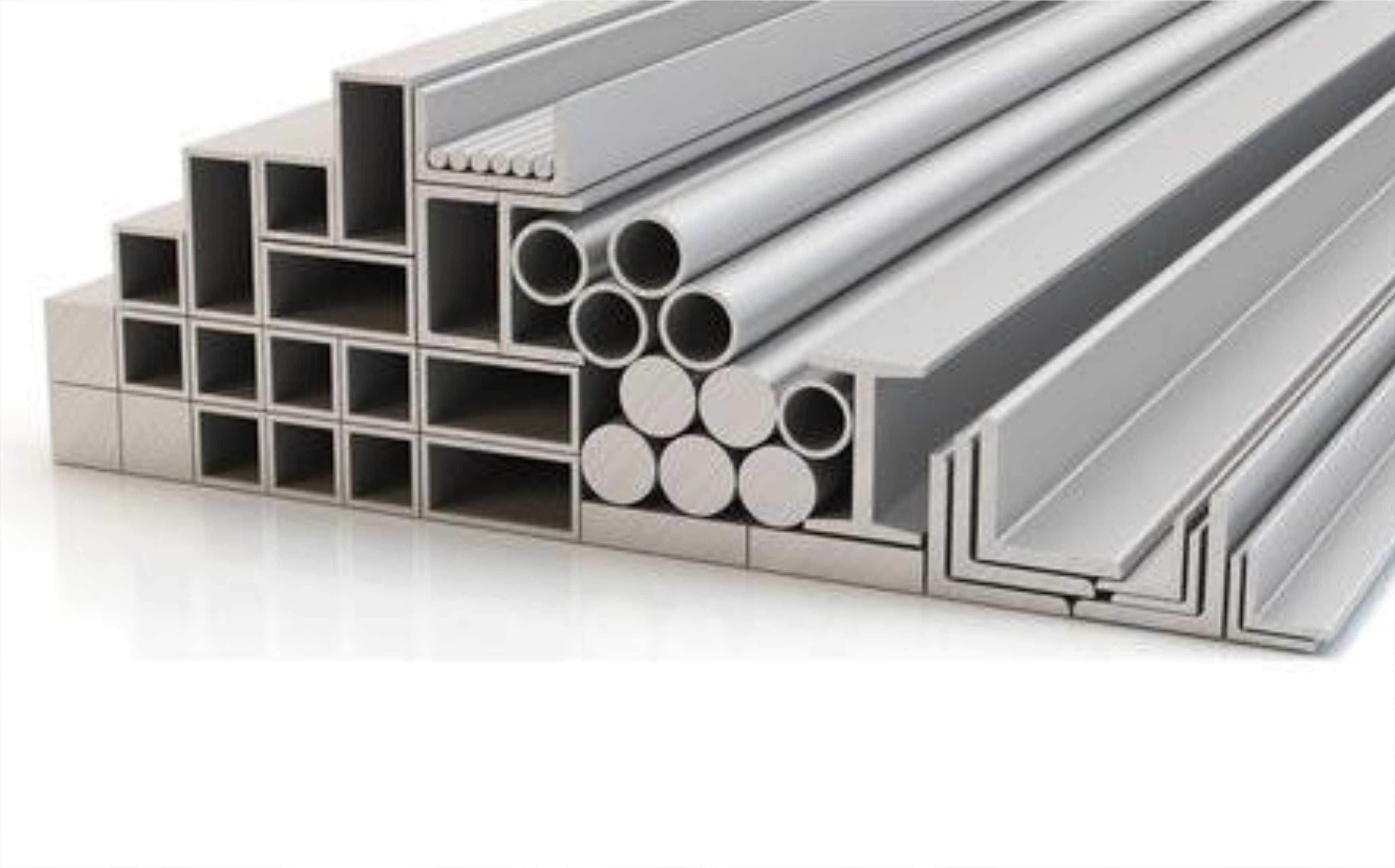
Aluminum extrusion
Aluminium's resistance to corrosion, corrosion and weather is one of its most notable advantages. Aluminium naturally rusts and resists corrosion without additional treatment. This is due to the presence of a thin, naturally occurring alumina protective film on its surface. Its corrosion resistance becomes stronger through anodic oxidation treatment.
TOP
Take extruded aluminum tube for example. This comes in two forms: structural and seamless. Structural extruded tube is made by the porthole process, and for that reason is sometimes referred to as “porthole.” Seamless is made by the seamless extrusion process.
In the aluminum industry, the porthole extrusion process is the standard method for the production of extruded tubes and profiles. The process is limited to a number of aluminum alloys. However, most of the commercially available medium strength aluminum alloys such as EN AW-6060 or EN AW-6082 can be extruded by porthole extrusion.
Porthole extruded tubes often represent a compromise in terms of production cost relative to the final requirements. For small dimensions there is often the possibility to use a multi-strand tool enabling the extrusion of several extrusions at the same time. In addition, processing differences in porthole extrusion compared to seamless extrusion present additional cost benefit advantages. With specially designed extrusion tools, tubes with larger outer diameters or tubes at a greater ratio of outside diameter to wall thickness may be manufactured solely by extrusion.
As with seamless extruded tubes, smaller outside diameters or thinner wall thickness can be produced by subsequent cold drawing to achieve the final dimensions and tolerances. The following tables are a guide to the dimensions we offer:
Products name | aluminum tube |
Process | Extrude , drawn , machining |
Diameter | 8-350mm |
Wall thickness | 1-80mm |
Alloy | 1070, 3003, 5052, 6061, 6063, 6082, 6005 etc |
Tolerance | High precision grade |
Temper | O H112 H34 T5 T6 T651 etc |
Surface | Mill finish, anodized, |
Standard | ASTM-B241 ; EN755; EN754; |
Production Process Overview
Structural and seamless tube are both extruded. That means a billet of material is forced through a hole in a die shaped to form the two dimensional cross-section you need. (We’ve called it the “toothpaste process” in the past and compared it to decorating a cake.)
Sometimes you want that extruded material to have a hole down the center. The simplest example is circular tube or pipe. for an explanation of the difference. Porthole and seamless are different ways of forming that hollow internal section.
In porthole, metal is forced around a shape that matches the hollow section you want to extrude. Physics being what it is, the tooling needs ribs to hold that shape in place, and the metal has to flow around them. That separates the metal as it extrudes, so a second die forces those sections back together. At the micro-structure level, the surfaces weld to each other, which means there’s a seam.
As the name suggests, seamless extruded tubes avoid this. The difference is that a forming mandrel is inserted into the billet of material from the rear, and pushed thorough until it’s very close to the opening in the die. The material flows through the gap, emerging with both internal and external dimensions fixed and without any seams.